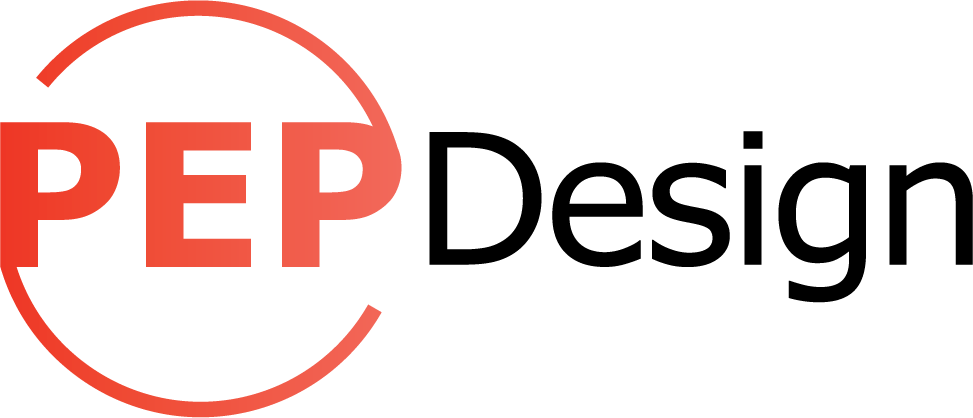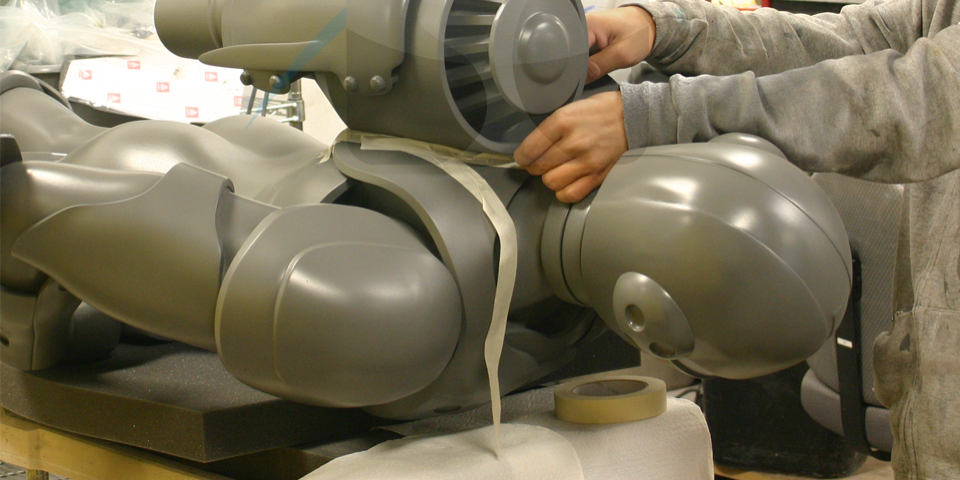Stereolithography (SLA) is an additive manufacturing or 3D-printing technology that uses vat of liquid ultraviolet curable photopolymer resin and an ultraviolet laser to build parts one layer at a time. For each layer the laser traces the cross-section of the part onto the surface of the liquid resin. Once the liquid is touched by the laser beam, the resin cures and solidifies to the layer below it. As each layer is finished, the platform the part is being created on lowers a small amount so the next layer can be traced out above it. When the part is done, it is removed and cleaned of excess resin or supports and cured in an ultraviolet oven.
There are several advantages and disadvantages to this rapid prototyping process. The main advantage of SLA is the accuracy that models can be built to. Several SLA machines claim a tolerance of +/-.002” and with High-Definition SLA, those tolerances can get as low as +/-.001”. These kinds of tolerances are among the best for 3D-printing technology, giving the SLA process the ability to reproduce fine details. This makes these models perfect for checking tight tolerance parts and assemblies before injection molding or precision machining parts.
SLA’s ability to reproduce fine details also makes it ideal for concept models. These can be cleaned up and painted to look exactly like the customer wants—great for marketing tools or display pieces.
The last major advantage of SLA is how physically large the parts can be. The average SLA machine has a build size of 25”x29”x20”. Other SLA machines can print even larger parts, which comes in handy when you are making something bigger than a bread box. At the extreme end, the build size can reach up to 59” x 30” x 20”.
SLA has its disadvantages too. One is the choice of materials available. All the materials have to be photocure resins, which are particularly brittle, so if you are designing a plastic-injected molded part, be aware that the material properties will not match the end plastic part. In addition, SLA materials are not as strong and can be brittle and more easily broken compared with other rapid prototyping methods. So the parts may look great, but don’t drop them or try to use a thread forming screw.
The next time you want a display piece for marketing or you have a part with some complex geometries that require high accuracy in the prototype stage, SLA might be the option for you. Let Pongratz Engineering steer you in the right direction on which rapid prototyping method is best for your part or project.
Let Pongratz Engineering steer you in the right direction as far as what rapid prototyping method is best for your part or project. We are routinely called upon to recommend and select methods for our customers. Contact us at www.pongratz-engineering.com
NEXT UP: High Volume Prototyping, and the Technologies Used
Related Posts:


